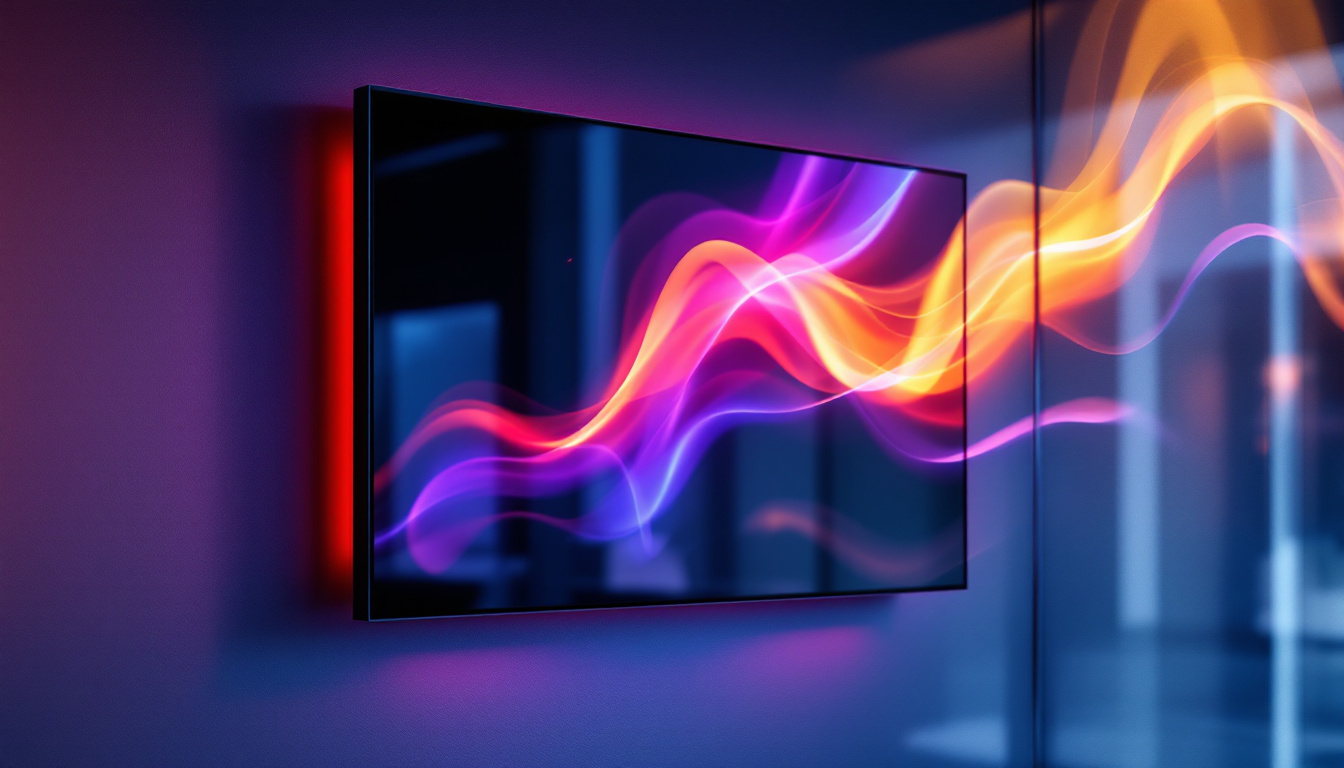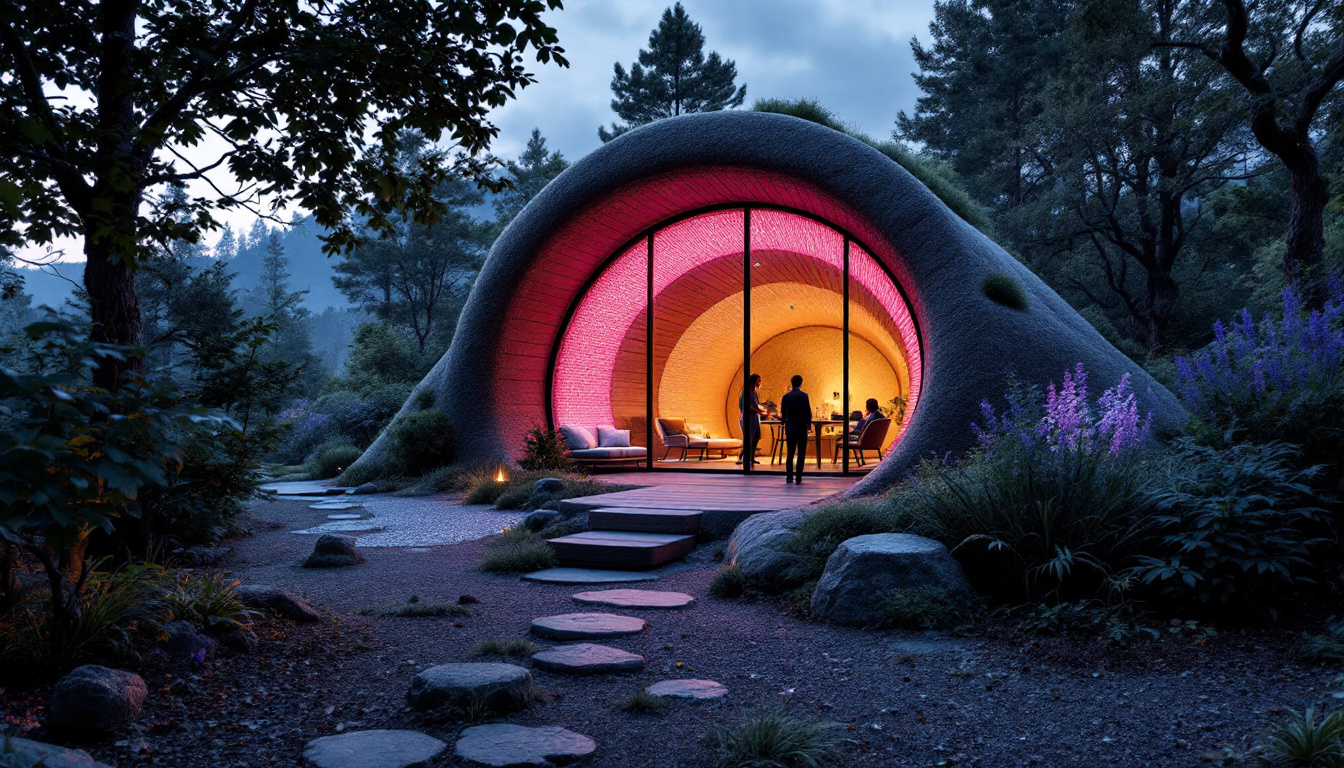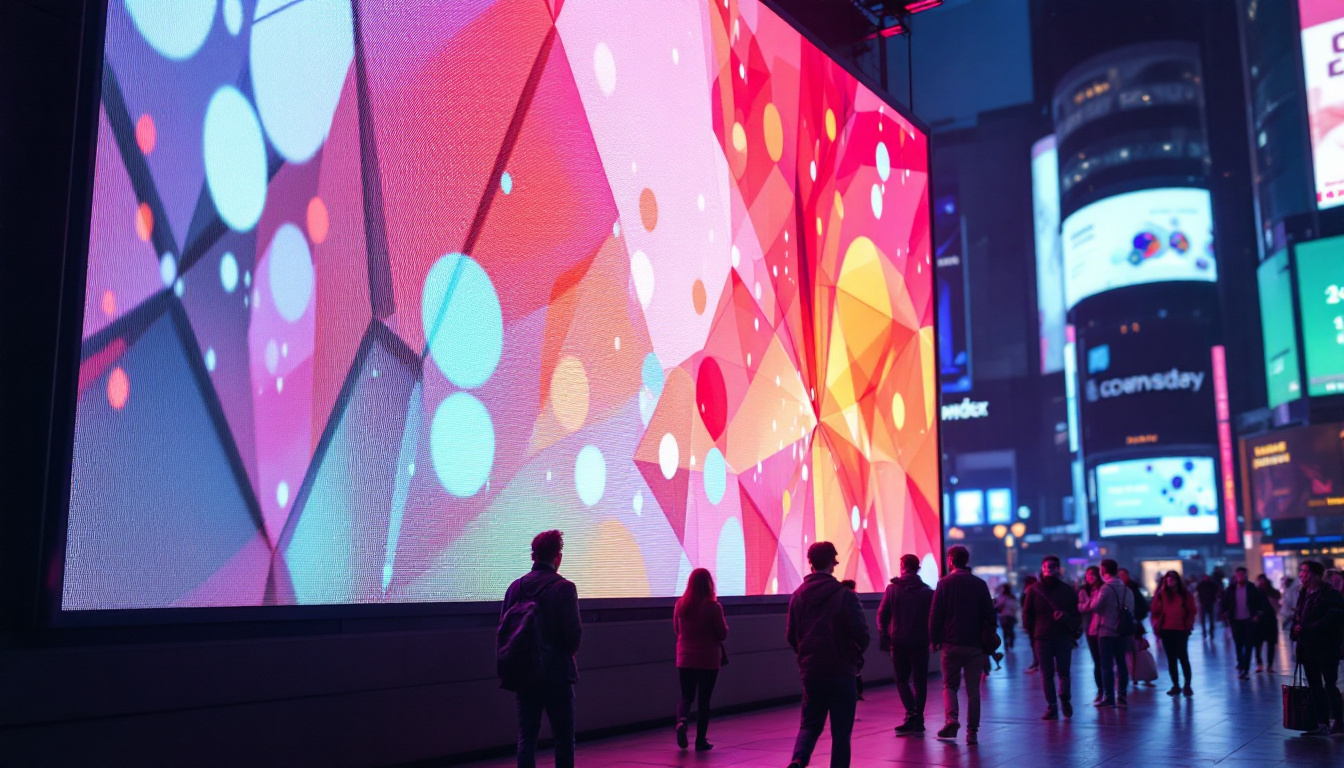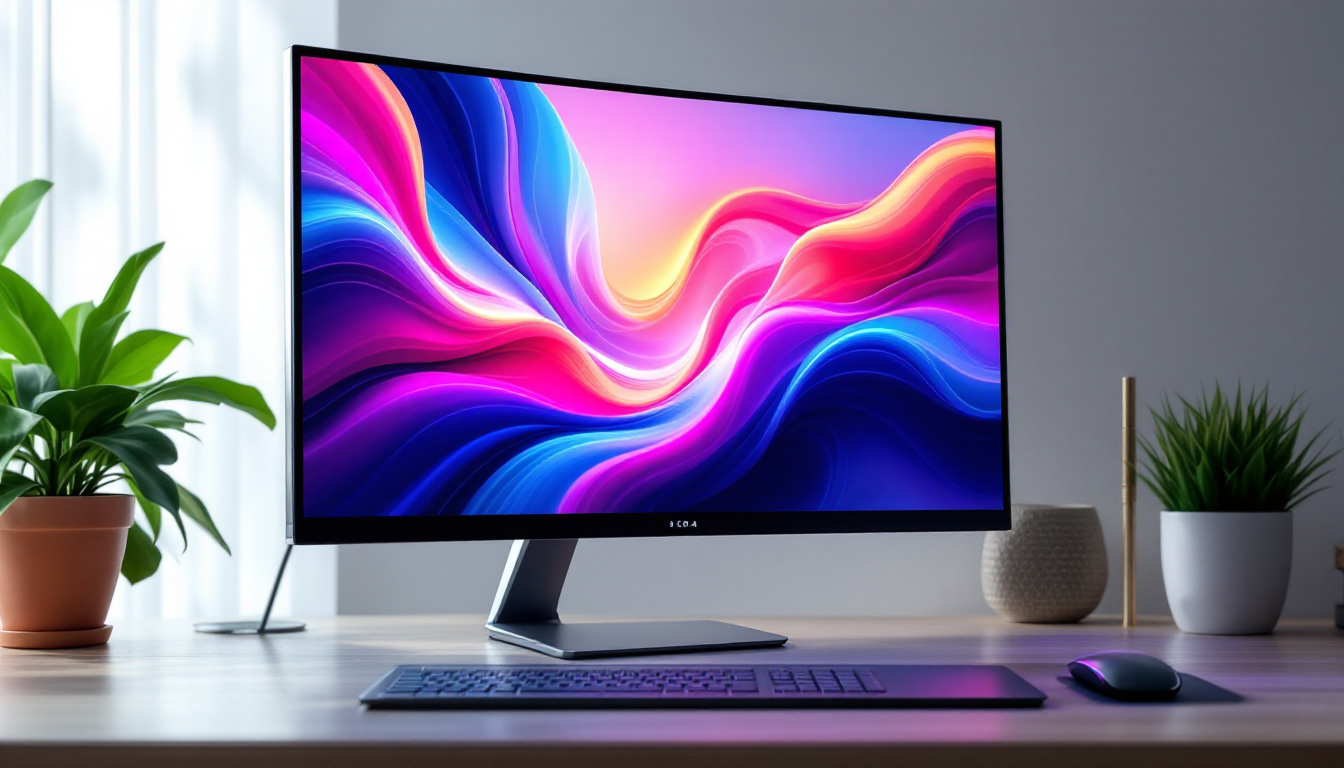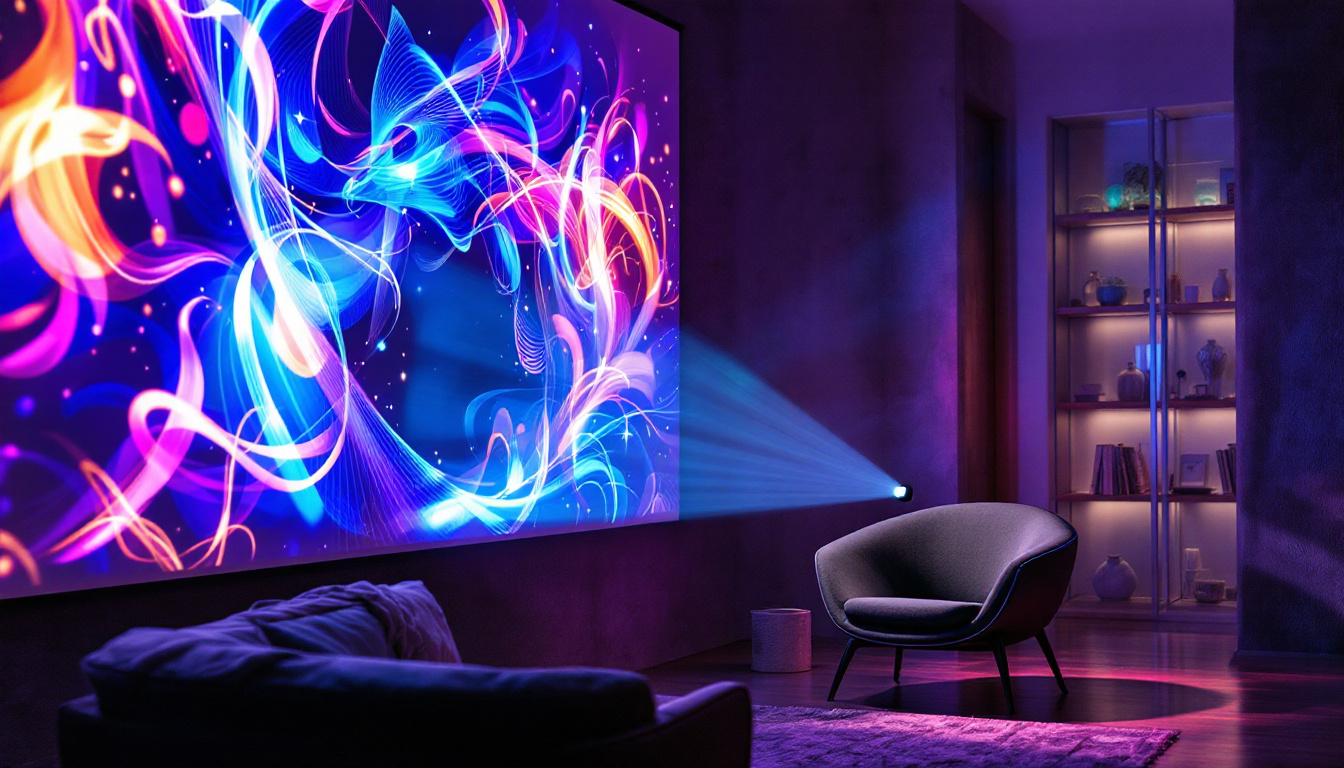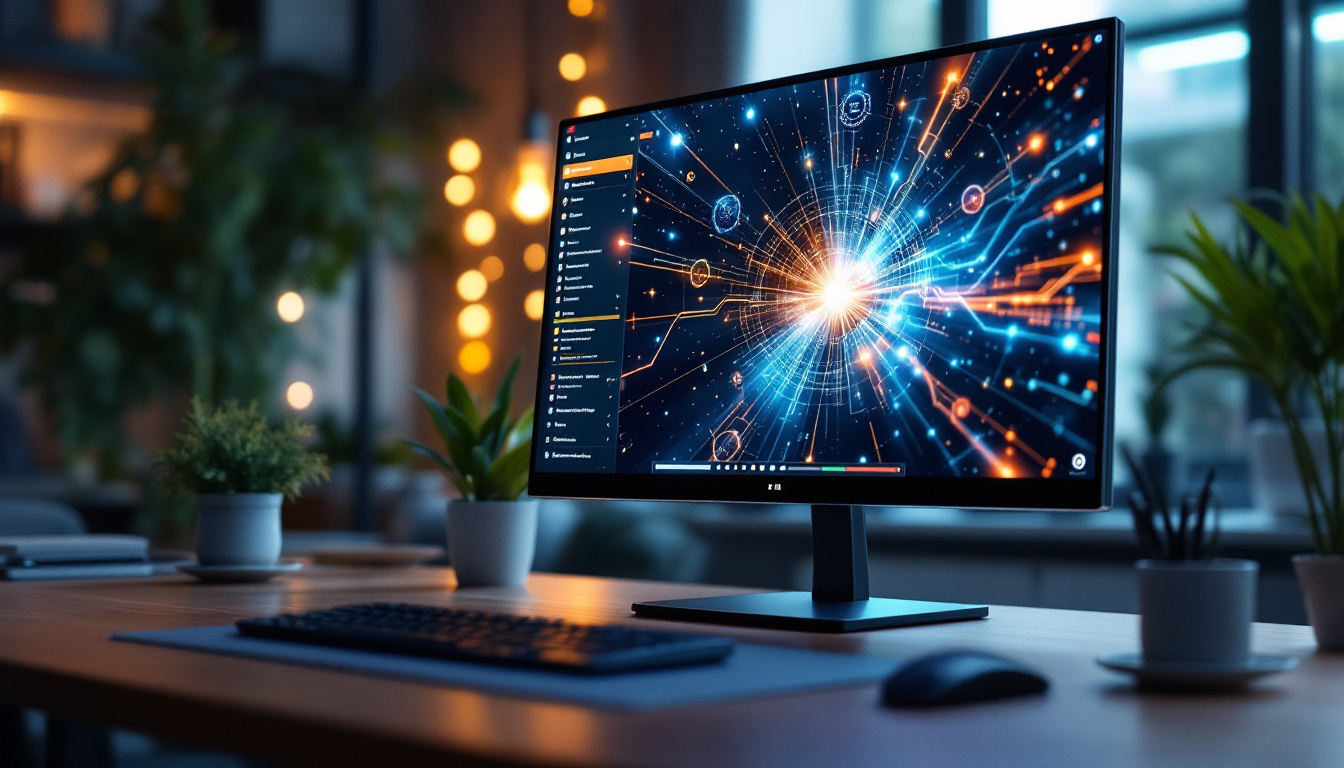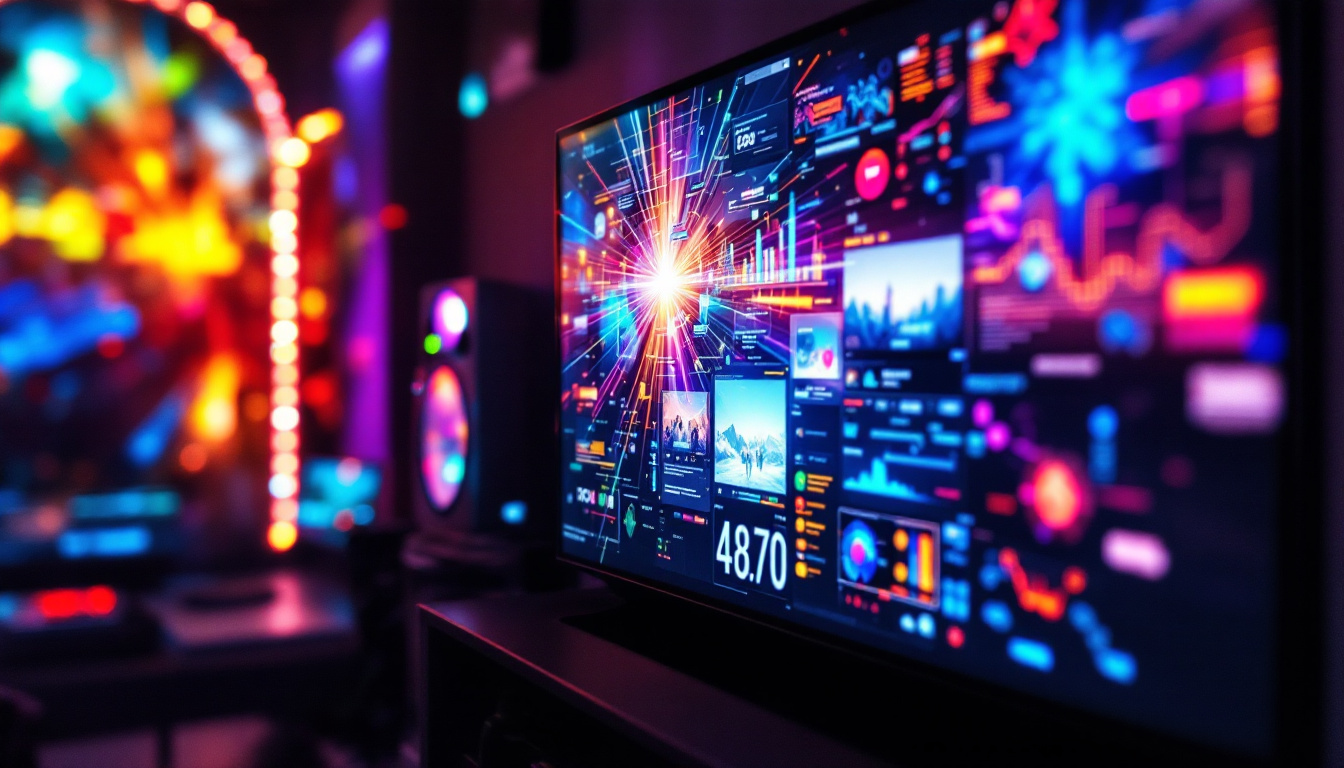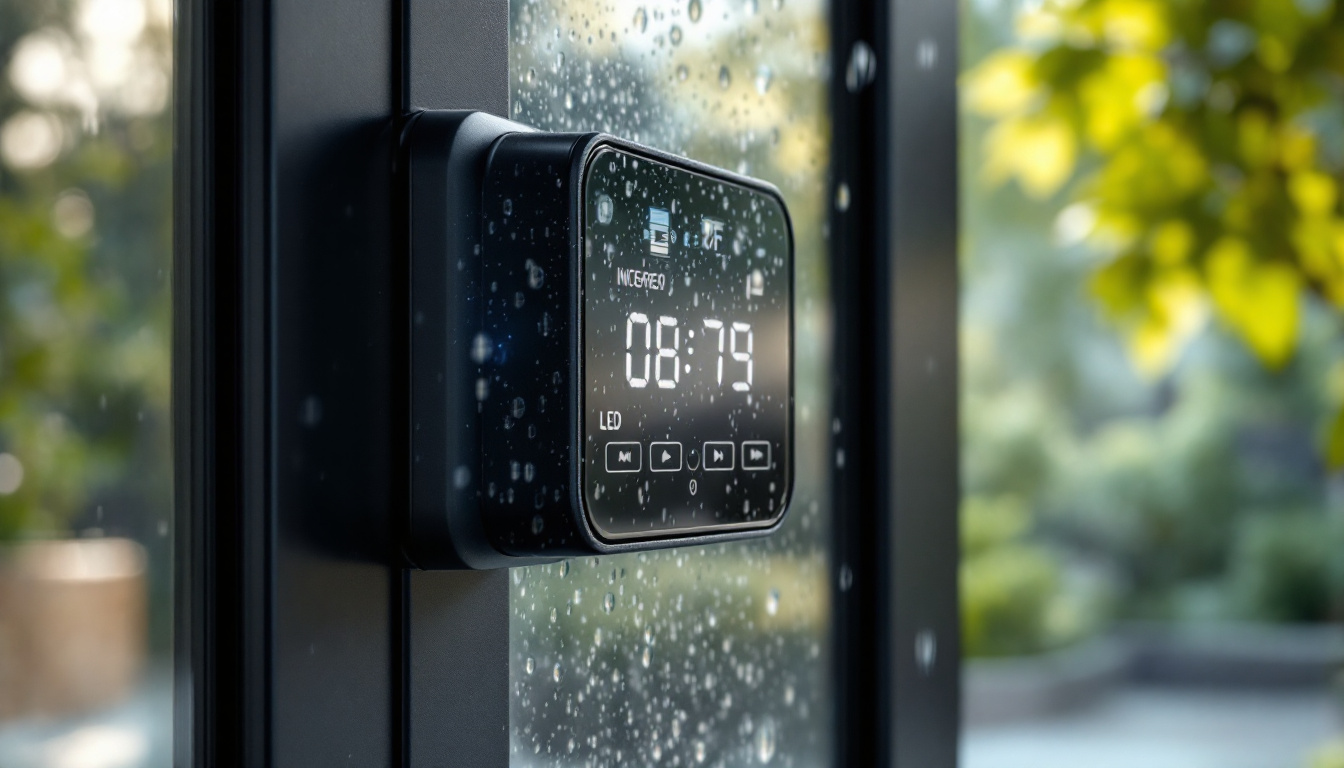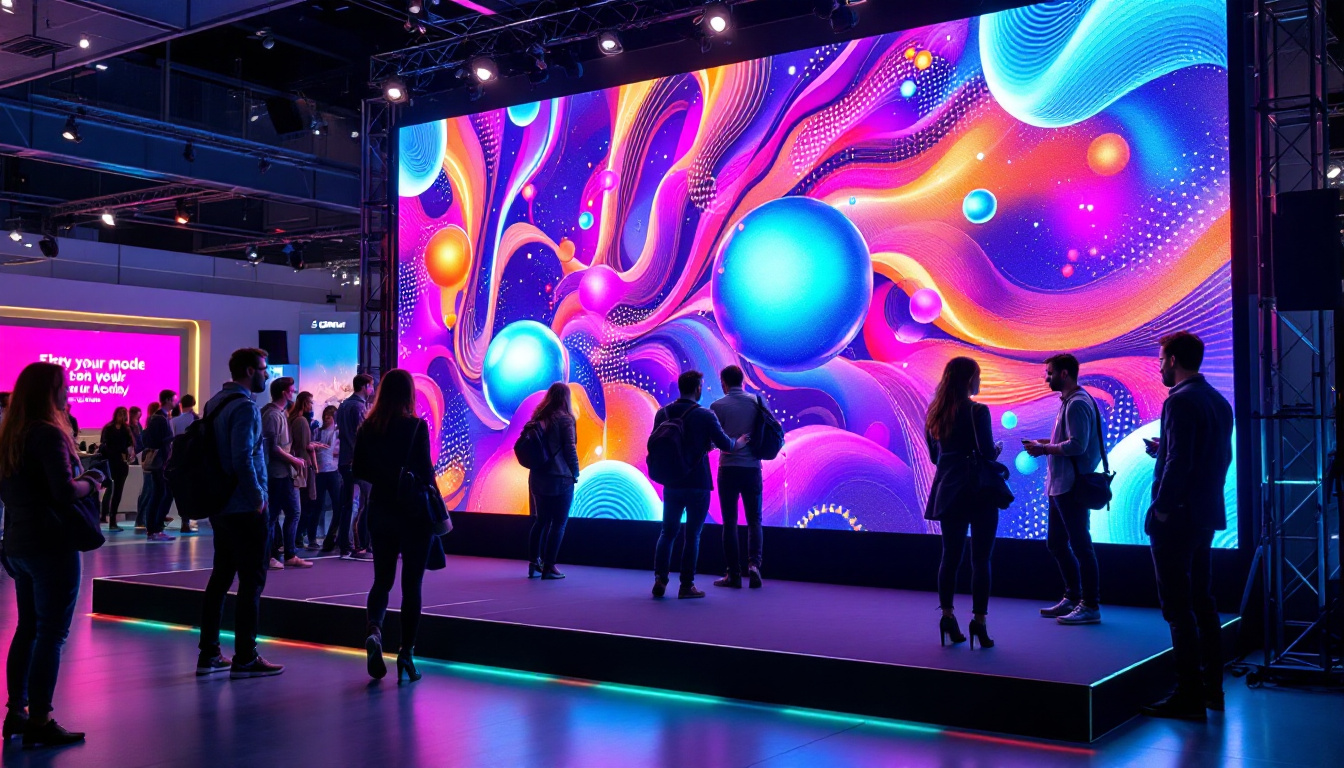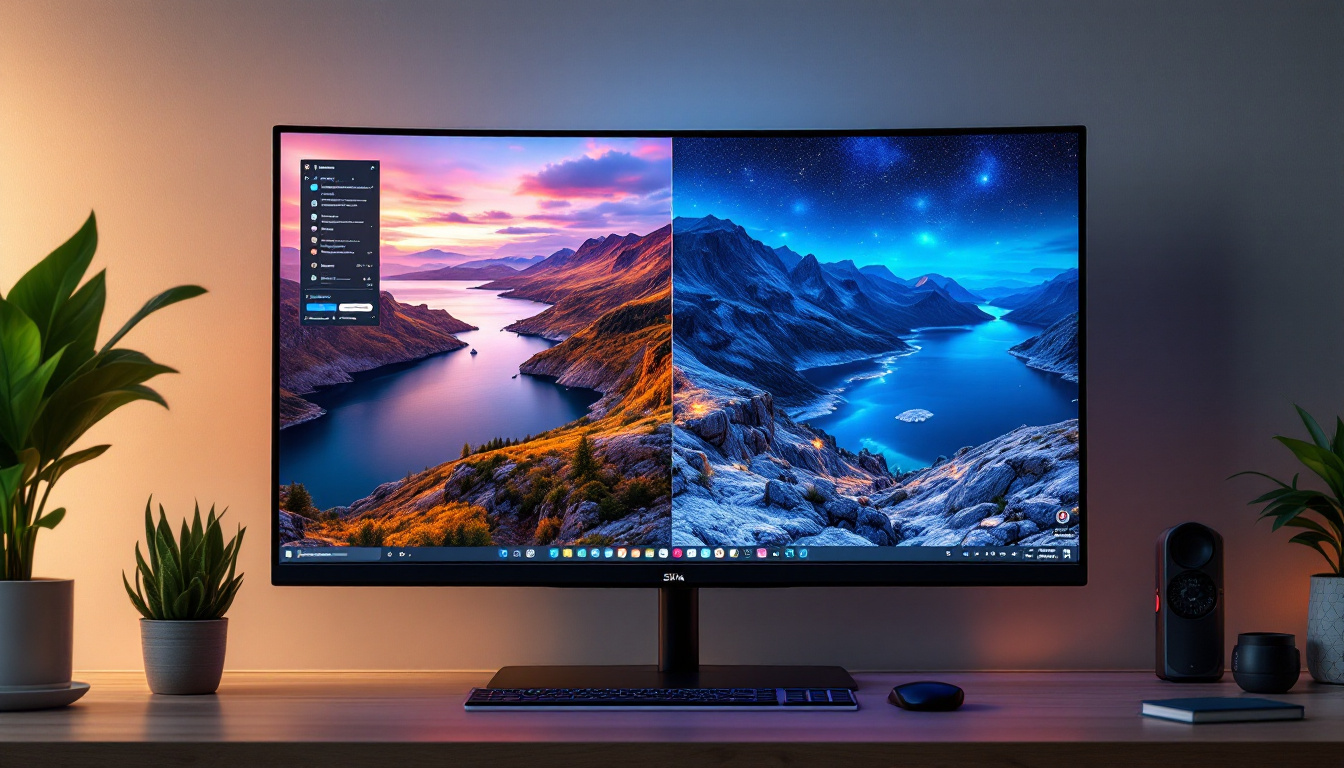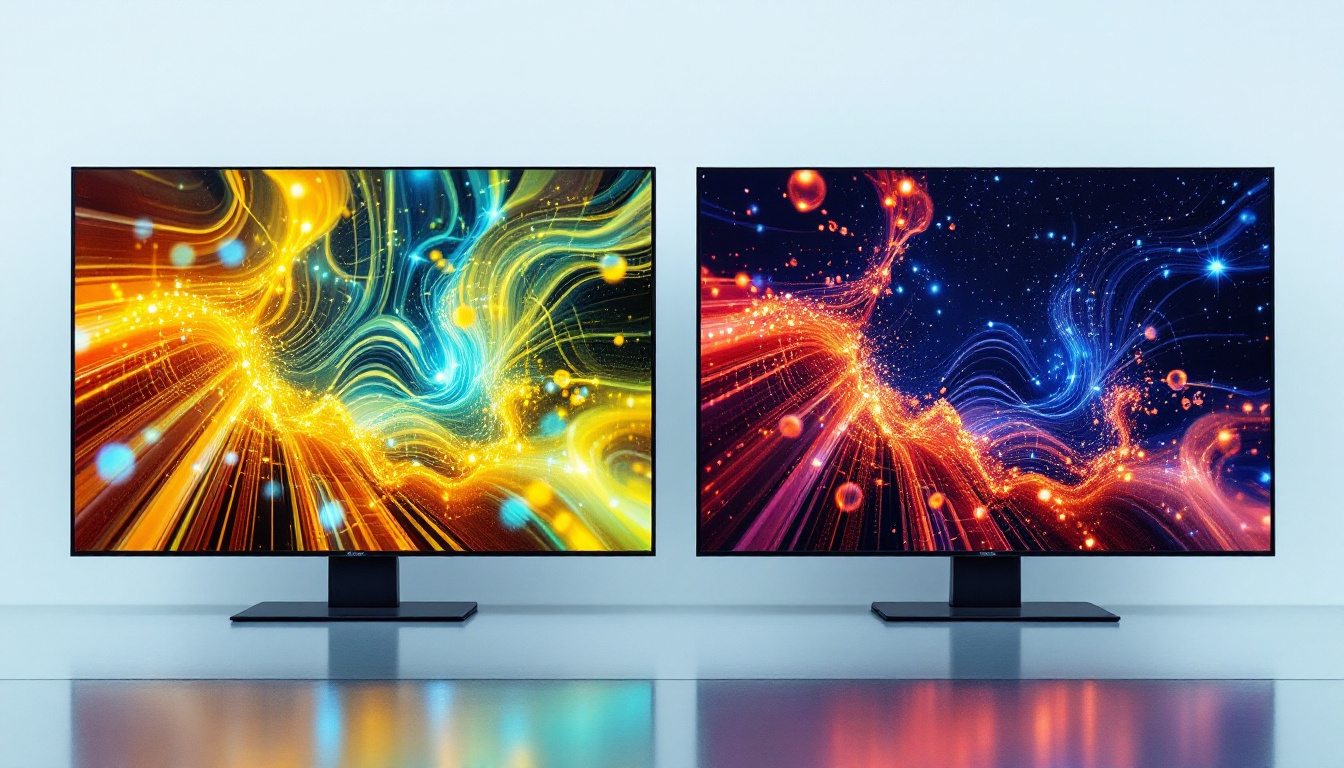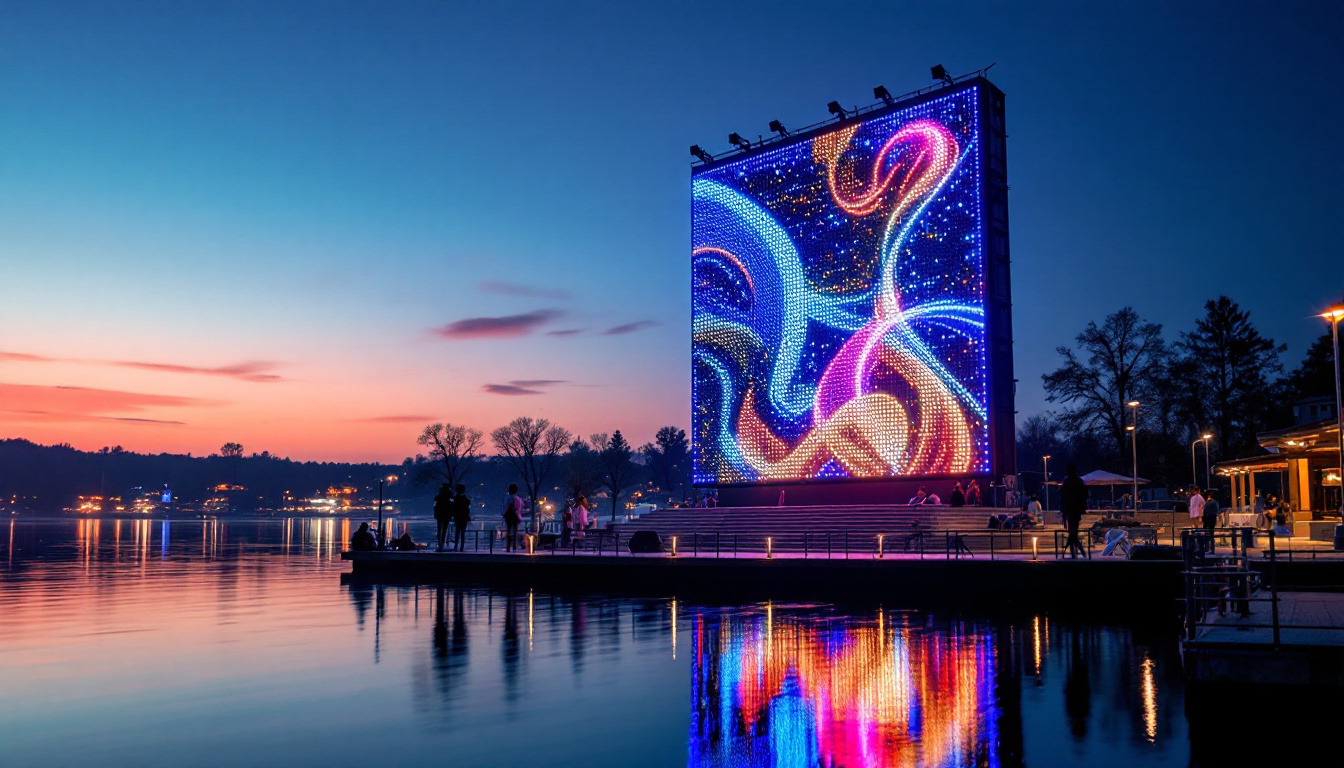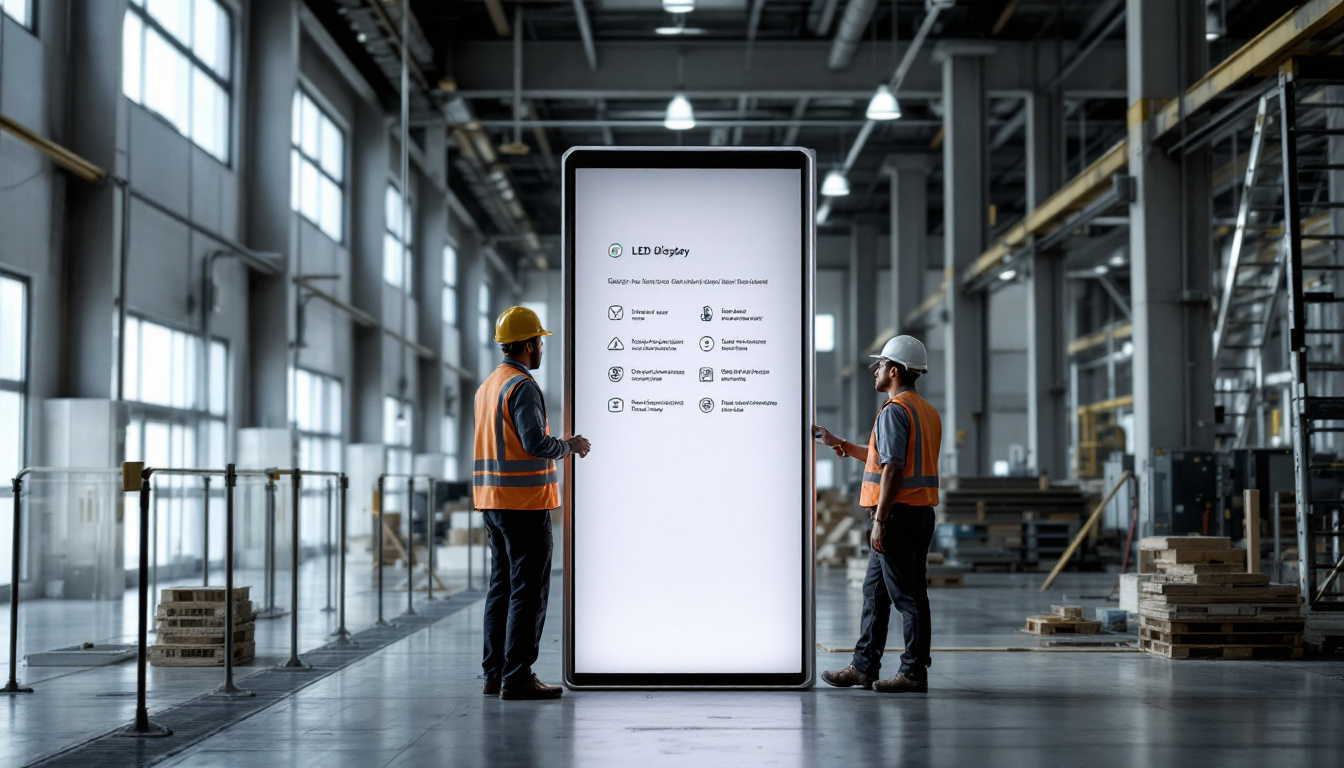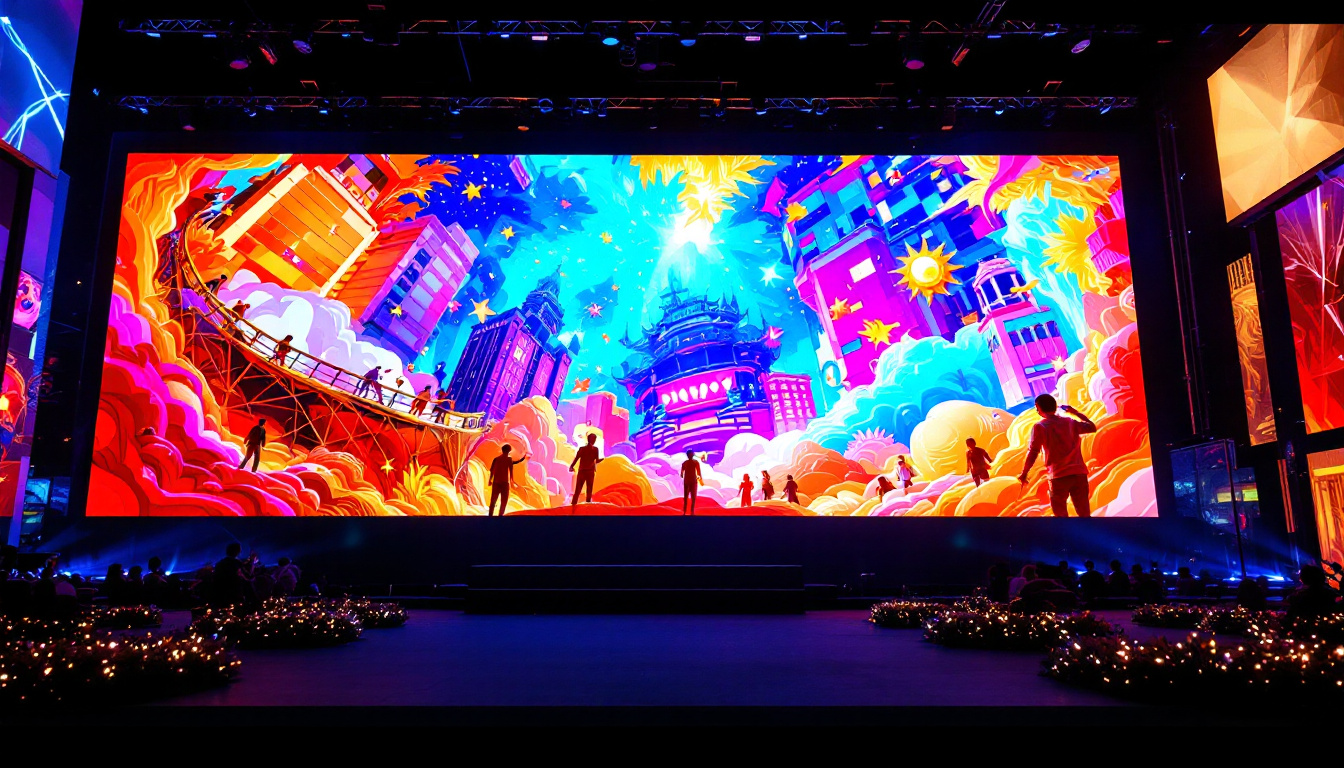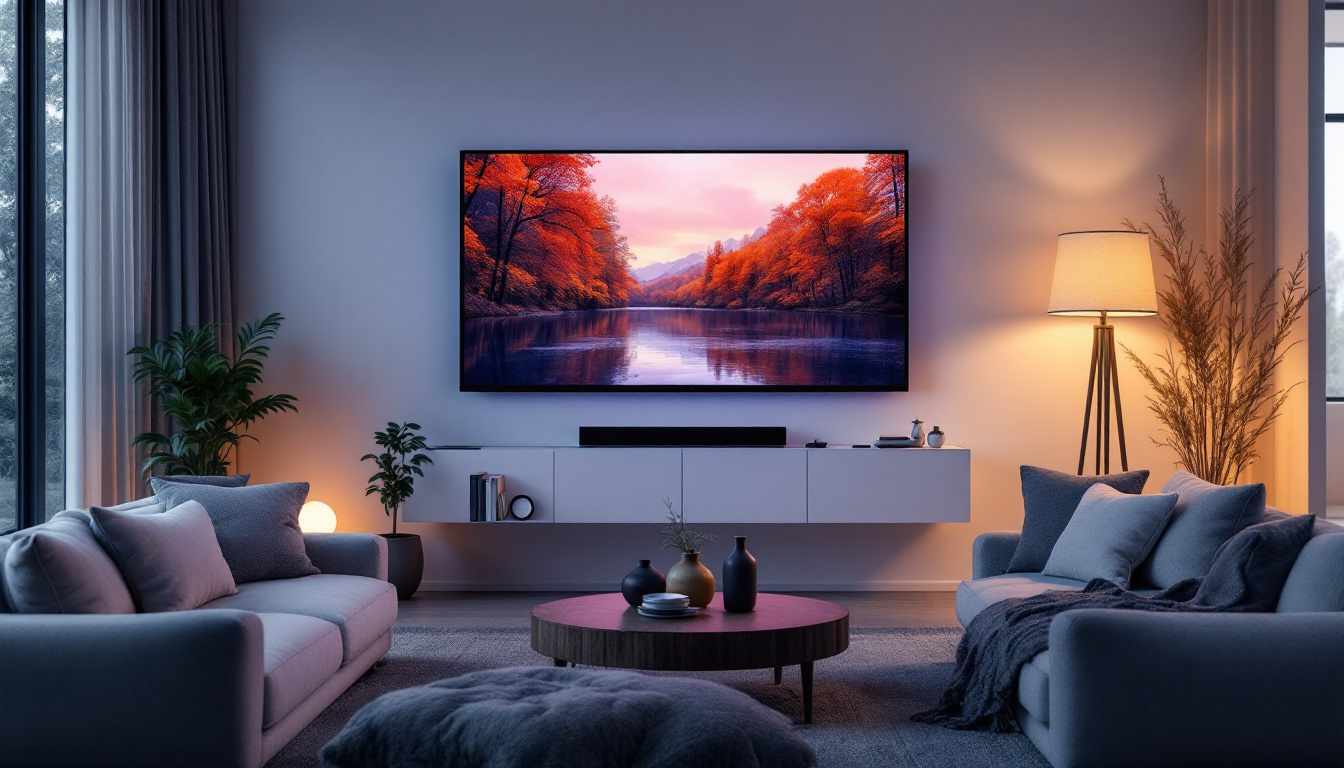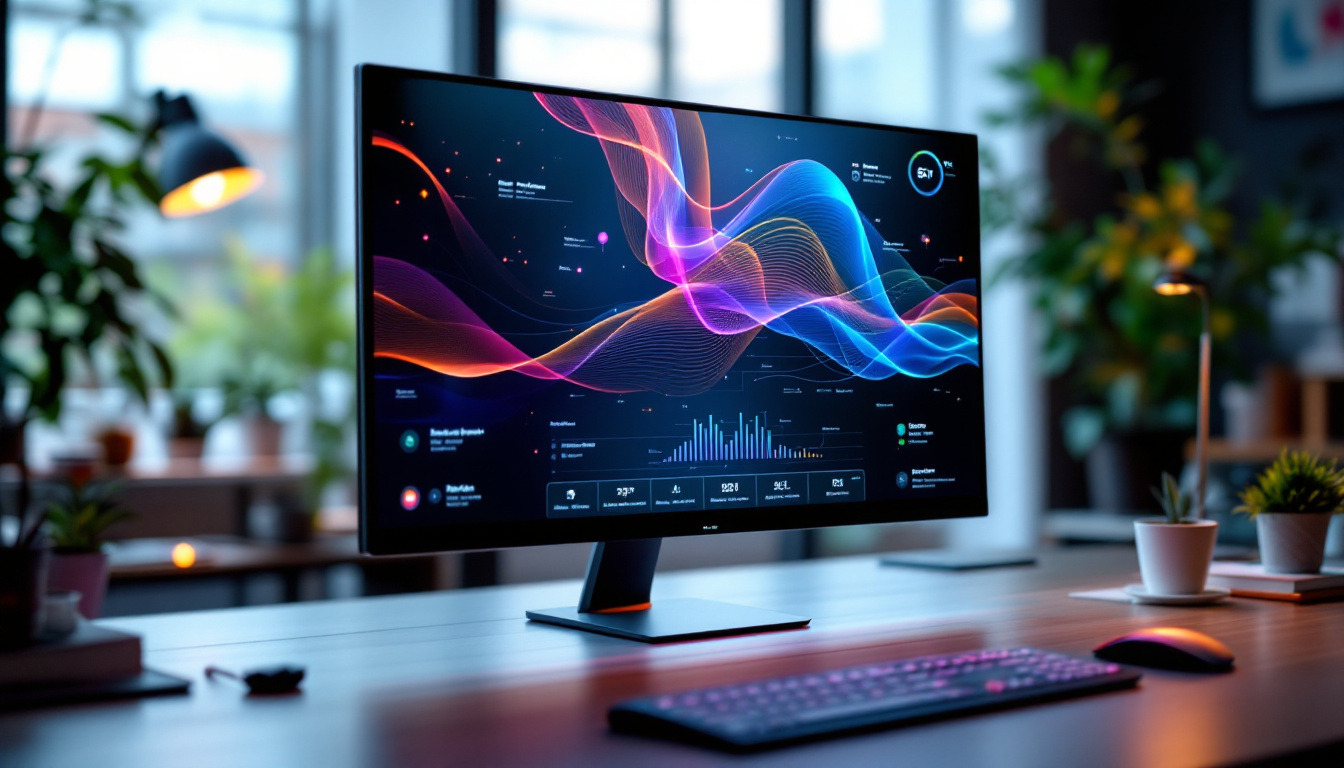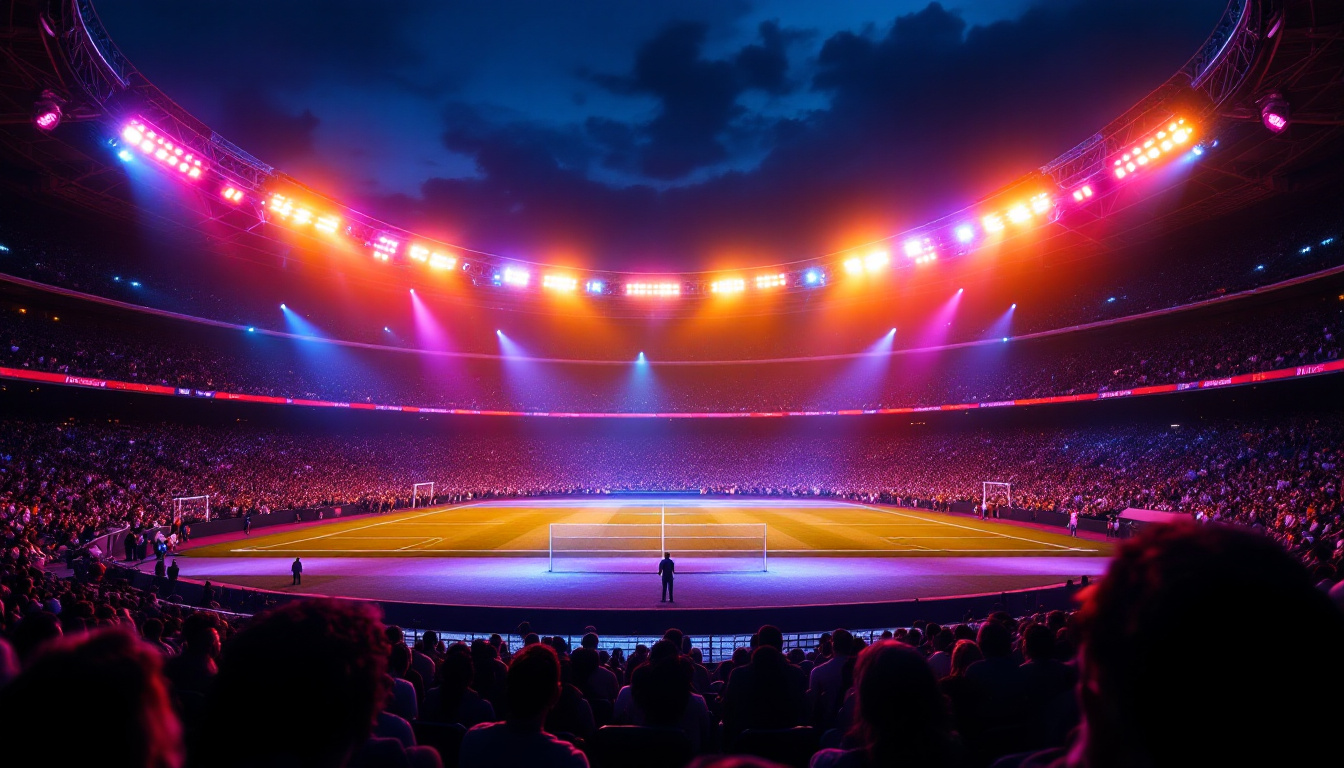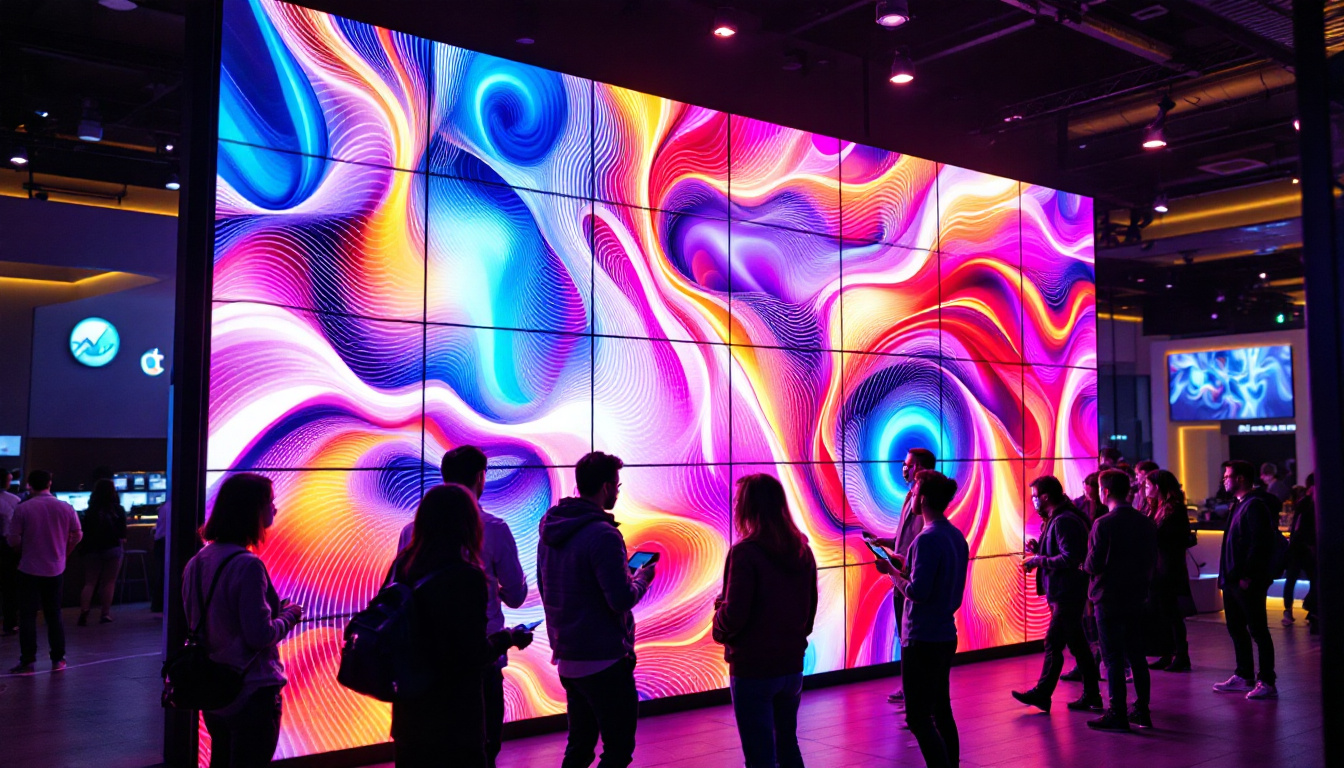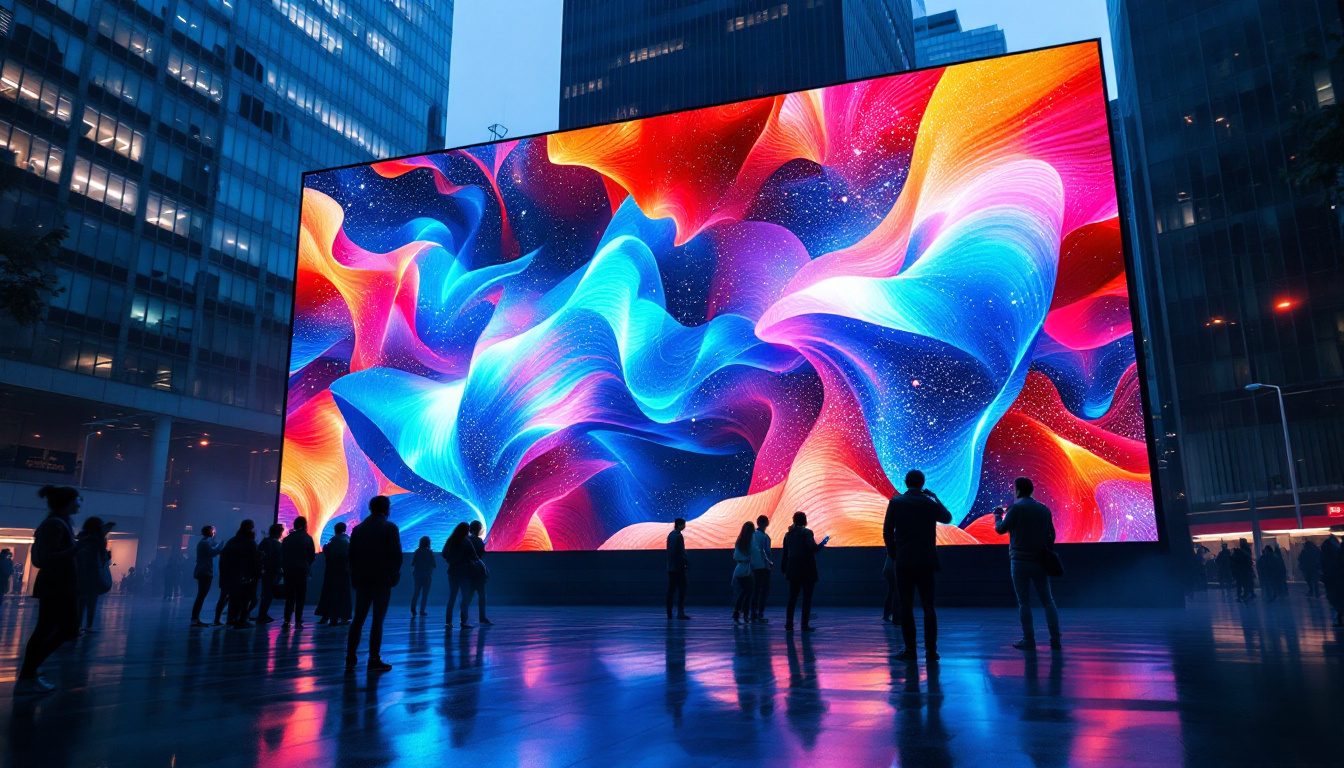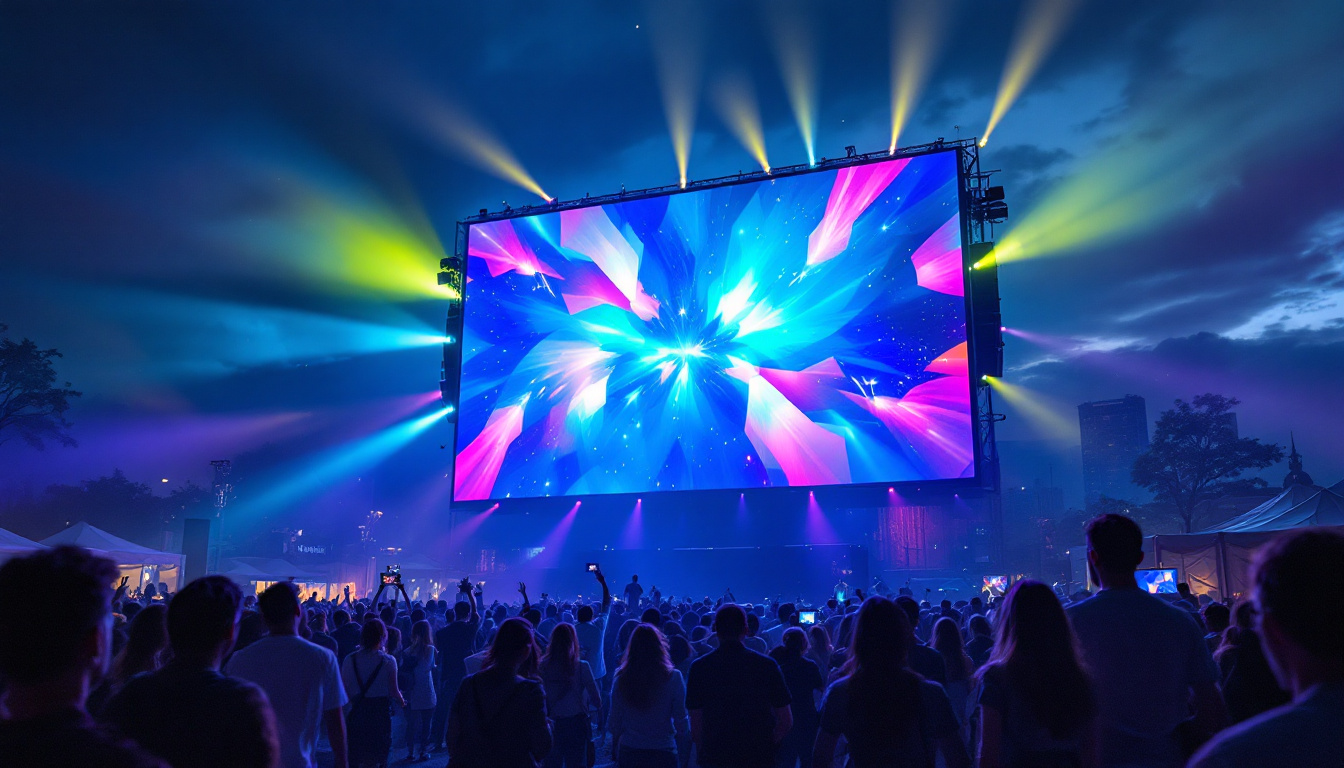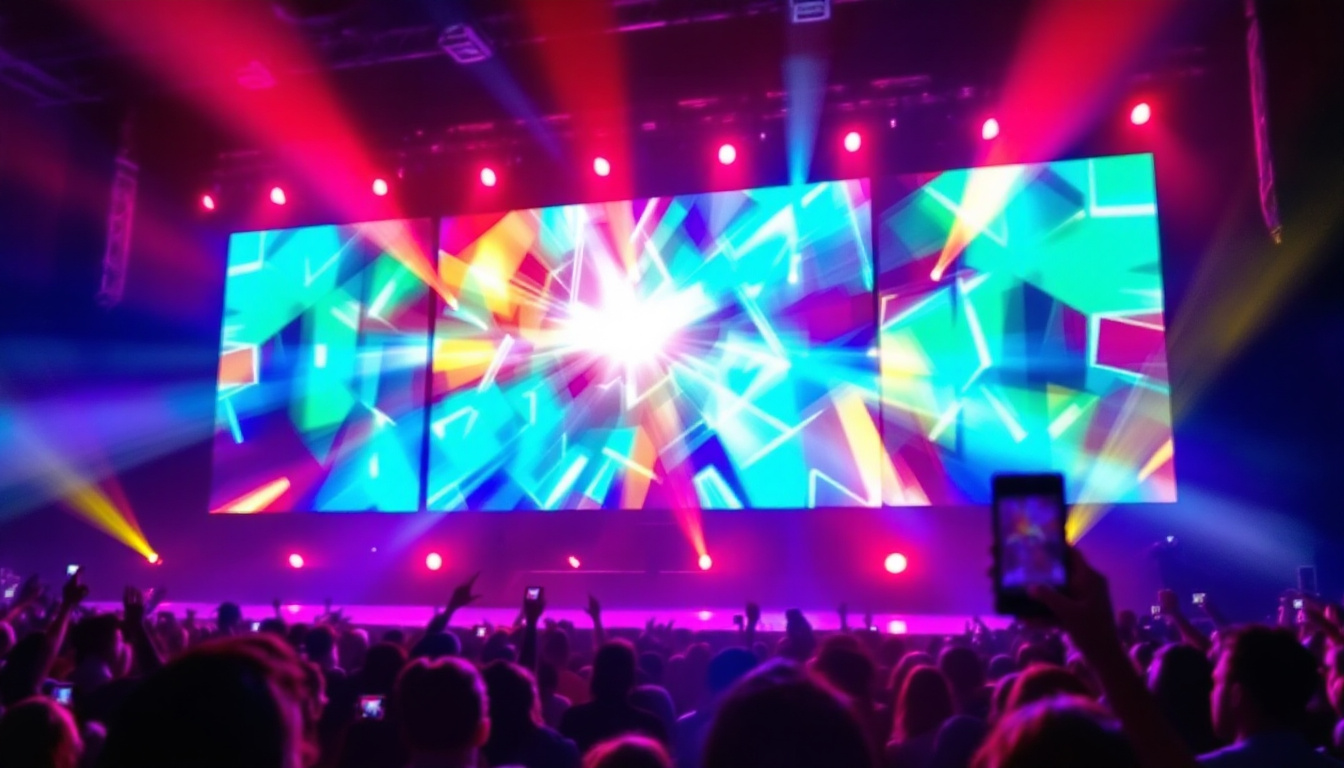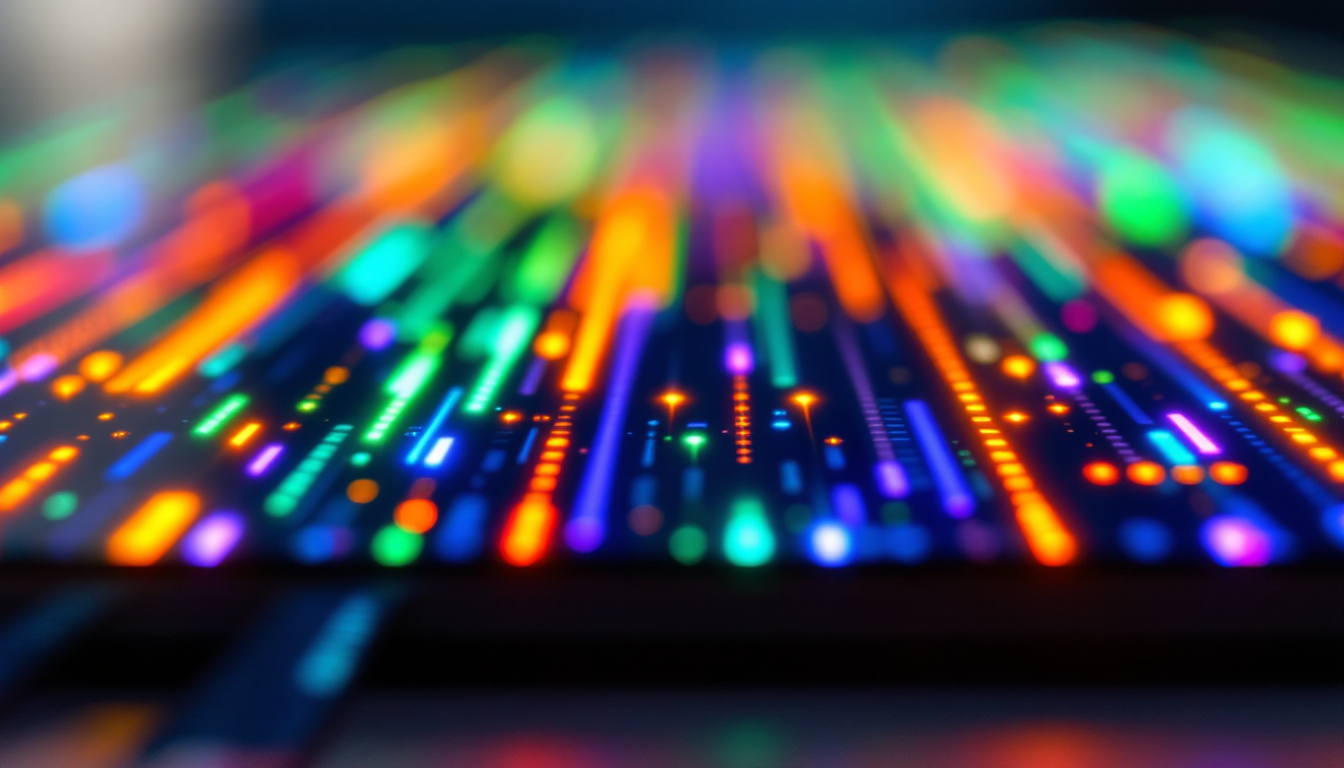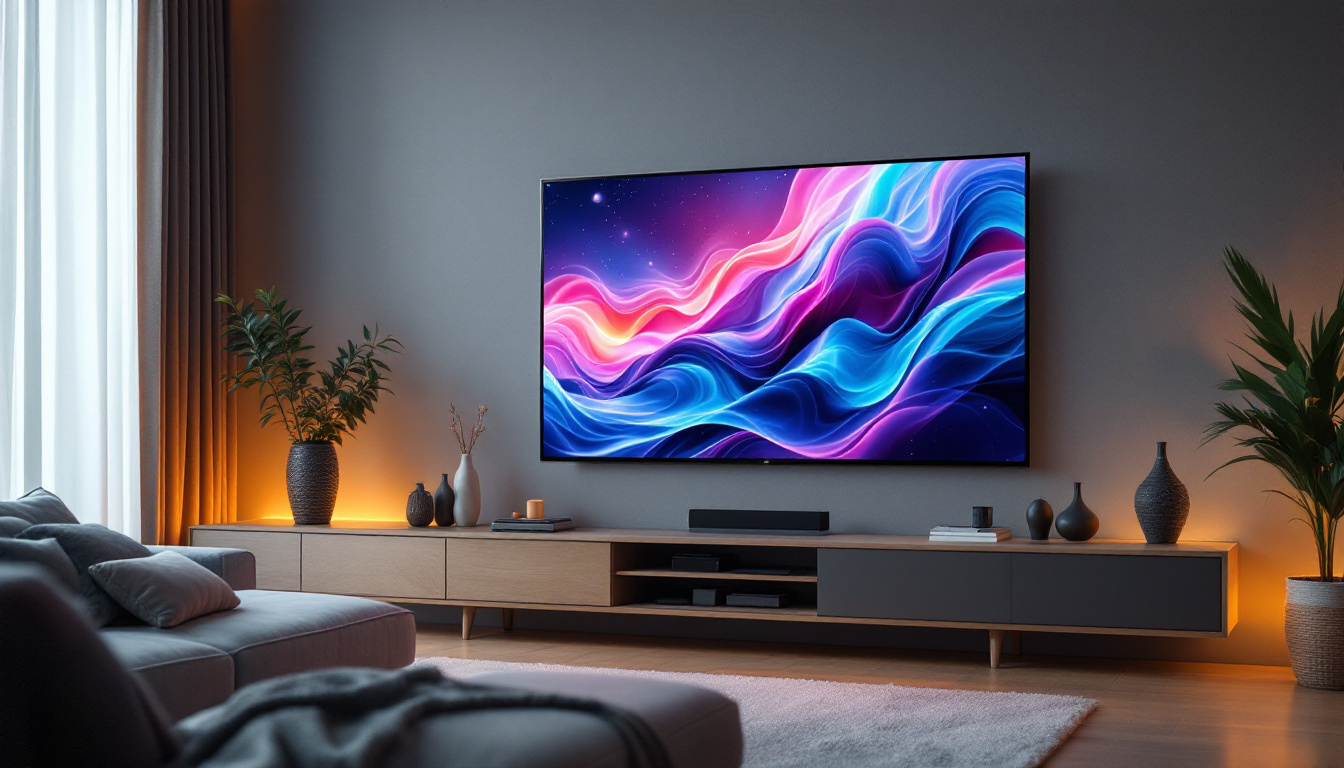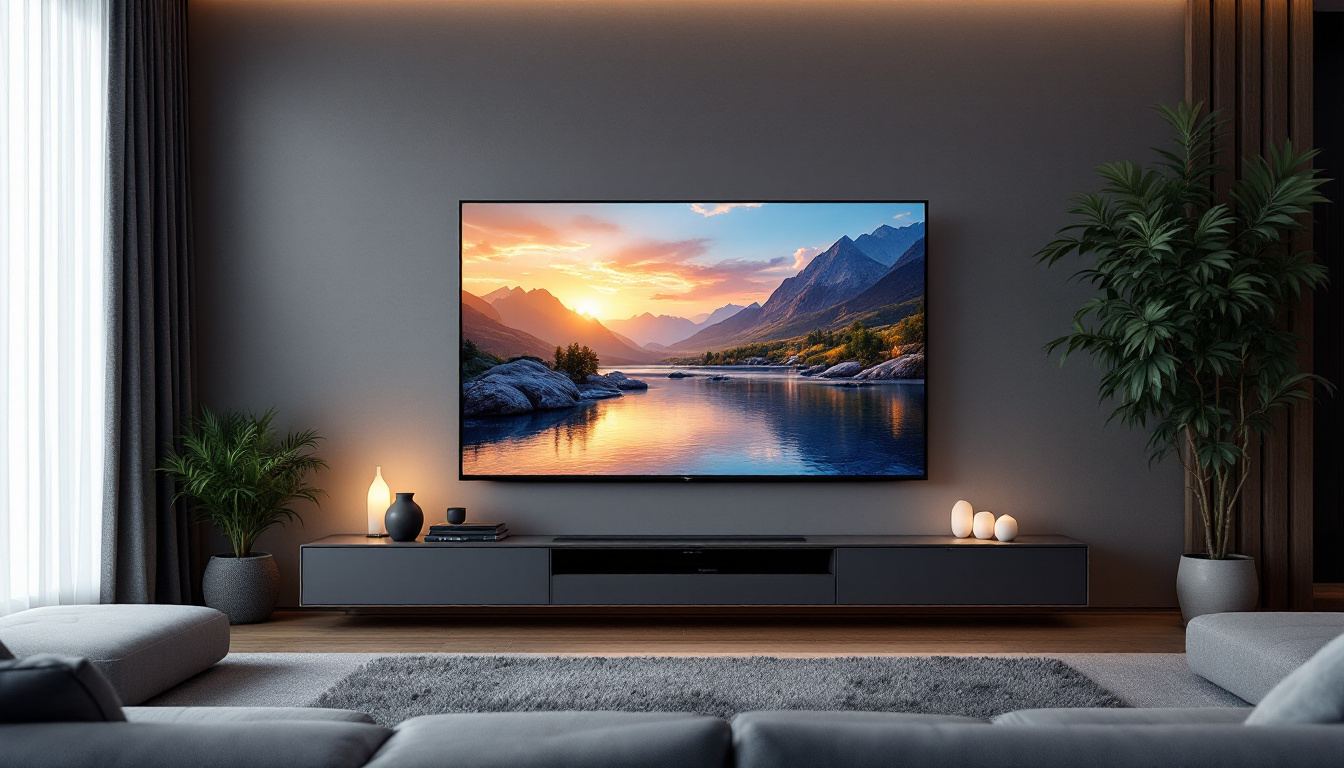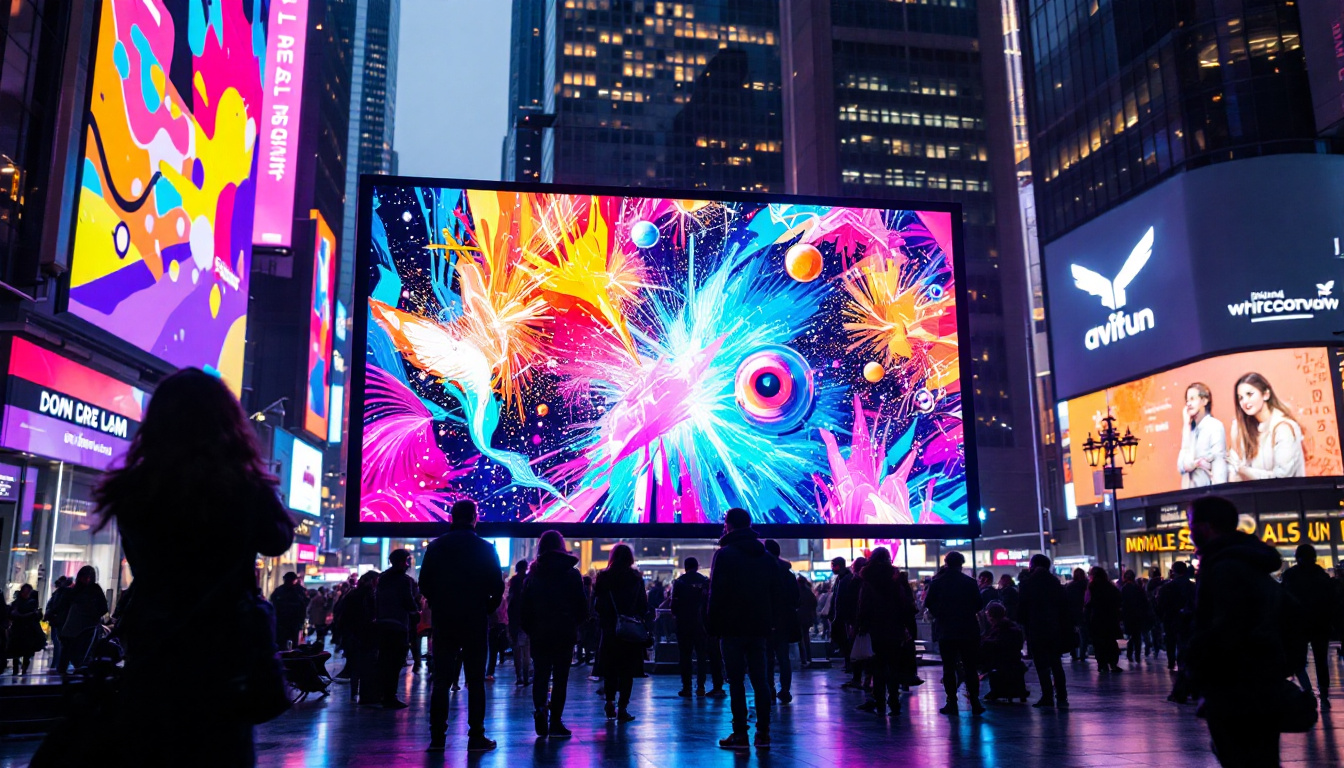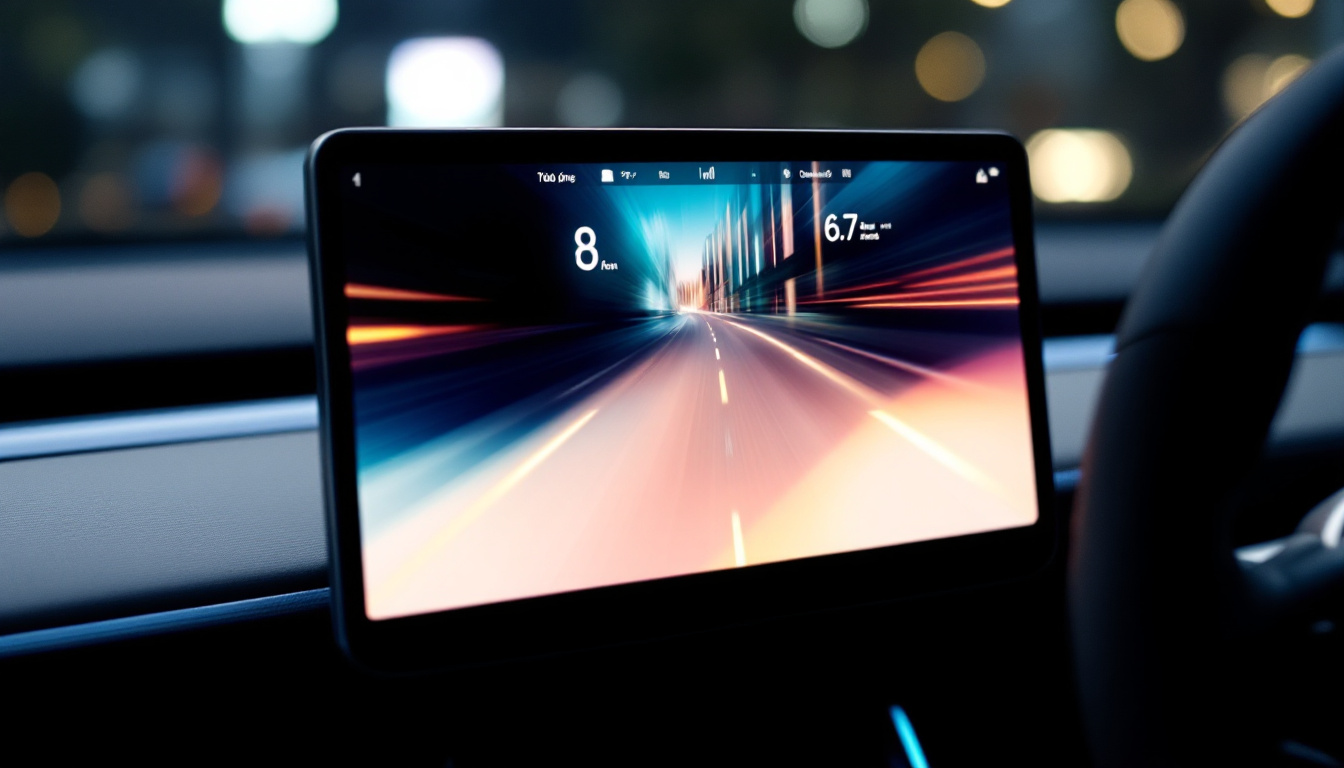In today’s digital age, LED displays have become an integral part of various industries, from advertising to entertainment and even in industrial applications. The versatility and efficiency of LED technology have made it a popular choice for creating vibrant and dynamic visual experiences. One of the key components that facilitate the use of LED displays is the LED panel mount. This article delves into the intricacies of LED panel mounts, their applications, and the technology behind them.
Understanding LED Panel Mounts
LED panel mounts are essential hardware components that provide a secure and stable platform for LED displays. They are designed to accommodate various sizes and types of LED panels, ensuring that the display is not only functional but also aesthetically pleasing. The mounting system can significantly influence the overall performance and longevity of the LED display.
Types of LED Panel Mounts
There are several types of LED panel mounts available, each tailored to specific applications and environments. Understanding these types can help in selecting the right mount for your needs.
- Wall Mounts: These are designed to attach LED panels directly to walls, making them ideal for fixed installations in retail spaces, conference rooms, and public areas.
- Ceiling Mounts: Ceiling mounts allow for the suspension of LED displays from above, perfect for venues like theaters and exhibition halls where floor space is limited.
- Stand Mounts: Portable stands provide flexibility, allowing LED displays to be moved easily for events, trade shows, or presentations.
Each type of mount has its unique features and benefits, and the choice largely depends on the intended use of the LED display. For instance, wall mounts are great for permanent installations, while stand mounts offer versatility for temporary setups.
Materials and Construction
The materials used in constructing LED panel mounts play a crucial role in their durability and performance. Common materials include aluminum, steel, and high-strength plastics. Aluminum, known for its lightweight and corrosion-resistant properties, is often favored for both indoor and outdoor applications.
Additionally, the construction of the mount should ensure adequate ventilation for the LED panels. Overheating can significantly reduce the lifespan of the display, so mounts that allow for proper airflow are essential. Furthermore, the design should also consider ease of installation and maintenance, ensuring that the panels can be easily accessed for repairs or replacements.
Applications of LED Panel Mounts
LED panel mounts are utilized across various sectors, showcasing their versatility and functionality. From commercial advertising to personal use, the applications are vast and varied.
Commercial Advertising
In the realm of commercial advertising, LED displays mounted on walls or stands have become a staple. Retailers leverage these displays to showcase products, promotions, and brand messages. The bright and dynamic nature of LED technology captures consumer attention, making it an effective marketing tool.
Moreover, digital signage powered by LED displays can be easily updated, allowing businesses to respond quickly to market trends and customer preferences. This adaptability is a significant advantage over traditional static signage.
Entertainment Venues
Entertainment venues, including concert halls, theaters, and sports arenas, utilize LED panel mounts to create immersive experiences for audiences. Large LED screens can display live feeds, graphics, and animations, enhancing the overall atmosphere of events.
In addition to enhancing the visual experience, LED displays in these venues can also be used for safety announcements and event information, ensuring that attendees are well-informed throughout their visit.
Industrial Applications
In industrial settings, LED displays mounted in control rooms or on factory floors serve critical functions. They can display real-time data, performance metrics, and alerts, helping operators make informed decisions quickly.
Moreover, the durability of LED panels makes them suitable for harsh environments, where traditional displays may fail. The ability to mount these displays securely ensures that they remain operational even in challenging conditions.
The Technology Behind LED Displays
Understanding the technology behind LED displays is essential for appreciating the role of panel mounts. LED displays operate using light-emitting diodes (LEDs) to produce images and videos. This technology offers several advantages over traditional display methods.
Advantages of LED Technology
LED technology boasts numerous benefits, making it a preferred choice for display solutions. Some of the key advantages include:
- Energy Efficiency: LED displays consume significantly less power compared to traditional displays, resulting in lower operational costs.
- Brightness and Clarity: LEDs provide high brightness levels and excellent color accuracy, ensuring that images are vibrant and clear, even in well-lit environments.
- Longevity: LED panels have a longer lifespan, often lasting tens of thousands of hours, which reduces the need for frequent replacements.
These advantages contribute to the growing popularity of LED displays across various sectors, further emphasizing the importance of proper mounting solutions.
How LED Displays Work
LED displays consist of an array of tiny light-emitting diodes arranged in a grid. Each diode emits light when an electric current passes through it. By controlling the intensity and color of each diode, images and videos can be displayed with remarkable detail.
The resolution of an LED display is determined by the number of pixels it contains. Higher pixel density results in sharper images, making it essential to choose the right display for specific applications. Additionally, LED displays can be configured in various sizes and shapes, allowing for creative installations.
Choosing the Right LED Panel Mount
Selecting the appropriate LED panel mount is critical for ensuring optimal performance and longevity of the display. Several factors should be considered during the selection process.
Weight Capacity
One of the primary considerations when choosing a panel mount is its weight capacity. LED displays come in various sizes and weights, and it is crucial to select a mount that can safely support the display. Exceeding the weight limit can lead to structural failure, posing safety risks and damaging the display.
Installation Environment
The environment in which the LED display will be installed also plays a significant role in the choice of mount. For outdoor installations, mounts should be weather-resistant and capable of withstanding environmental factors such as wind, rain, and temperature fluctuations. Indoor mounts may have different requirements, focusing more on aesthetics and ease of access.
Adjustability and Flexibility
Consideration should also be given to the adjustability of the mount. Some applications may require the ability to tilt, swivel, or rotate the display for optimal viewing angles. Adjustable mounts can enhance the user experience, especially in settings like conference rooms or retail displays where audience positioning may vary.
Installation and Maintenance of LED Panel Mounts
Proper installation and maintenance of LED panel mounts are essential for ensuring the longevity and performance of the display. Following best practices can help prevent issues down the line.
Installation Best Practices
When installing LED panel mounts, it is crucial to follow the manufacturer’s guidelines to ensure safety and functionality. Here are some best practices to consider:
- Secure Fastening: Ensure that all screws and fasteners are tightened securely to prevent the display from becoming loose over time.
- Leveling: Use a level to ensure that the display is mounted straight, as an uneven installation can affect the viewing experience.
- Electrical Considerations: Make sure that all electrical connections are properly insulated and that the power supply meets the display’s requirements.
Regular Maintenance
Regular maintenance of LED panel mounts is vital for ensuring their functionality and the longevity of the displays. Some maintenance tips include:
- Cleaning: Dust and debris can accumulate on the display and mounts, affecting performance. Regular cleaning with appropriate materials can help maintain clarity and brightness.
- Inspection: Periodically inspect the mounts for any signs of wear or damage. Addressing issues early can prevent more significant problems later.
- Software Updates: For smart LED displays, ensure that software and firmware are kept up to date to maintain performance and security.
Future Trends in LED Display Technology
The LED display industry is constantly evolving, with new technologies and trends emerging regularly. Keeping an eye on these developments can help businesses and individuals stay ahead of the curve.
Advancements in Display Technology
Recent advancements in LED technology include improvements in pixel density, color accuracy, and energy efficiency. MicroLED and MiniLED technologies are gaining traction, offering even higher resolution and better performance compared to traditional LED displays.
These advancements are paving the way for more innovative applications, such as flexible displays that can be bent or shaped to fit unique installations. This flexibility opens up new possibilities for creative designs in advertising and entertainment.
Integration with Smart Technology
As smart technology continues to permeate various aspects of life, LED displays are also becoming more integrated with IoT systems. This integration allows for real-time data display, remote management, and enhanced interactivity.
For example, retailers can utilize smart LED displays to provide personalized content based on customer behavior, creating a more engaging shopping experience. This trend is expected to grow, making LED displays even more versatile and valuable in various applications.
Conclusion
LED panel mounts play a crucial role in the functionality and performance of LED displays. Understanding the different types of mounts, their applications, and the technology behind LED displays can help in making informed decisions for installations. As the industry continues to evolve, staying updated on trends and advancements will ensure that businesses and individuals can leverage the full potential of LED technology.
Whether for commercial advertising, entertainment, or industrial applications, the right LED panel mount can enhance the effectiveness of the display and contribute to a more engaging experience for viewers. Investing in quality mounts and adhering to best practices for installation and maintenance will ultimately lead to better performance and longevity of LED displays.
Discover LumenMatrix’s Innovative LED Solutions
Ready to elevate your visual displays with the latest in LED technology? LumenMatrix is at the forefront of creating immersive and dynamic visual experiences that captivate and engage. From versatile Indoor and Outdoor LED Wall Displays to specialized solutions like Vehicle LED Displays, LED Sports Displays, and even Custom LED Displays, we have the technology to bring your vision to life. Embrace the future of visual communication with our All-in-One and Transparent LED Displays, designed to make a lasting impact. Don’t just take our word for it—check out LumenMatrix LED Display Solutions today and see how we can transform your space into a vibrant canvas for your brand’s message.

